Design, function and
Emotion
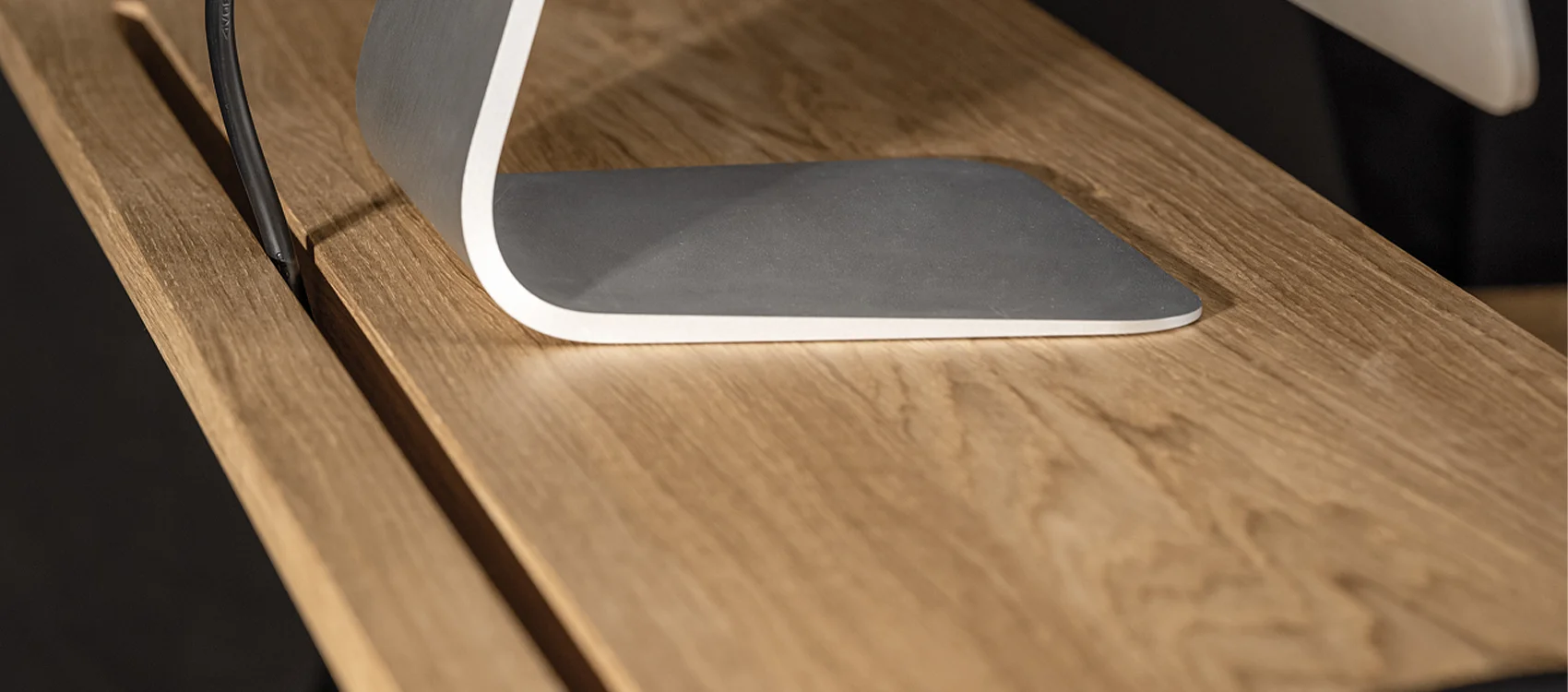
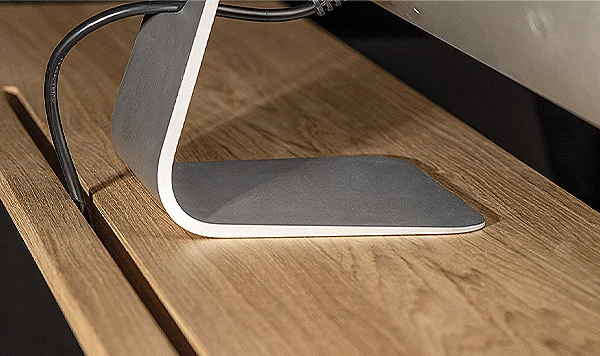
Reinventing the Workspace: Sit-Stand desks, where design, function, and emotion meet
In a world where the work environment plays a key role in employees’ well-being and efficiency, design has become much more than a matter of decoration. It is a strategic tool that influences not only the appearance of spaces but also their functionality, their ability to foster creativity, and their emotional impact. Harmoniously integrating these aspects into workspace design can transform an ordinary space into a dynamic and inspiring environment.
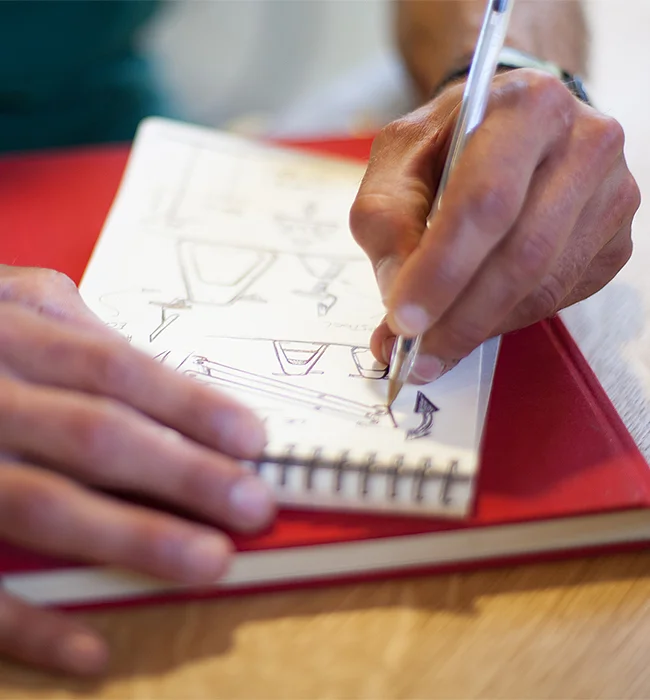
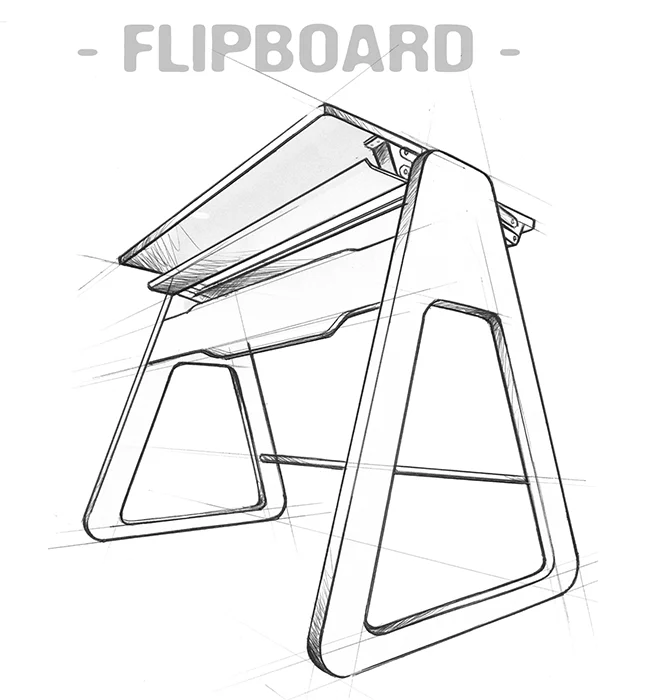
The work environment as a source of creativity
Beauty is more than just aesthetics; it plays a crucial role in stimulating creativity and enriching our daily lives. Research on workspace design reveals that the physical environment is essential for encouraging employee creativity (Oksanen & Ståhle, 2013; Yekanialibeiglou et al., 2021). Elements such as architecture, spatial organization, and lighting management are key in creating an inspiring space.
A well-designed workspace with thoughtful decoration not only facilitates innovation processes but also enhances employees’ ability to solve problems creatively and innovatively.
Sit-stand desks, like those offered by Will & Walt, perfectly embody this creative dynamic. Their modularity and elegant design allow workspaces to adapt to the evolving needs of users, while fostering creativity and collaboration. By combining optimal functionality with refined aesthetics, sit-stand desks meet modern requirements for an inspiring work environment.
The work environment as a source of productivity
A well-designed environment also enhances productivity. Studies show that workplace ergonomics have a direct impact on performance. Sit-stand desks allow for smooth alternation between sitting and standing positions, promoting better blood circulation and reducing fatigue, leading to increased concentration and efficiency.
Will & Walt’s desks, with their modular and ergonomic design, easily fit into both remote work and coworking spaces. They adapt to individual or group needs, whether for collaborative tasks or more focused work. This flexibility is essential for maintaining high productivity, regardless of the space configuration.
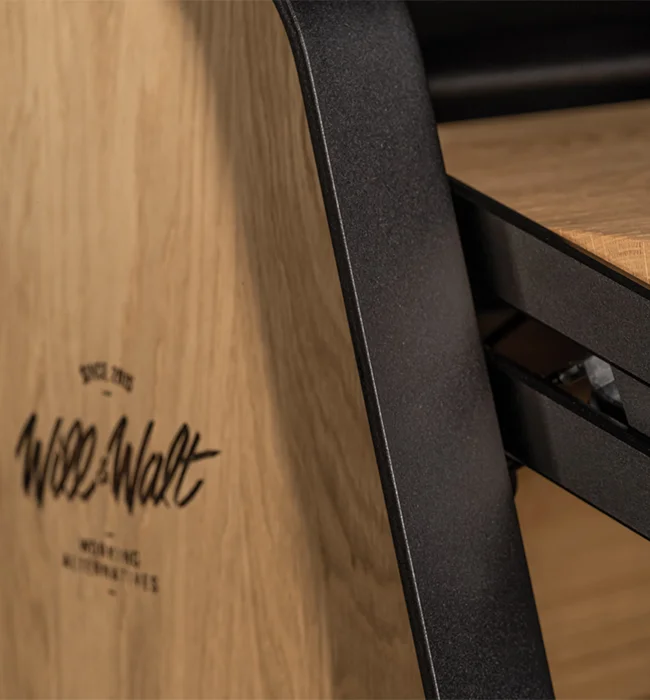
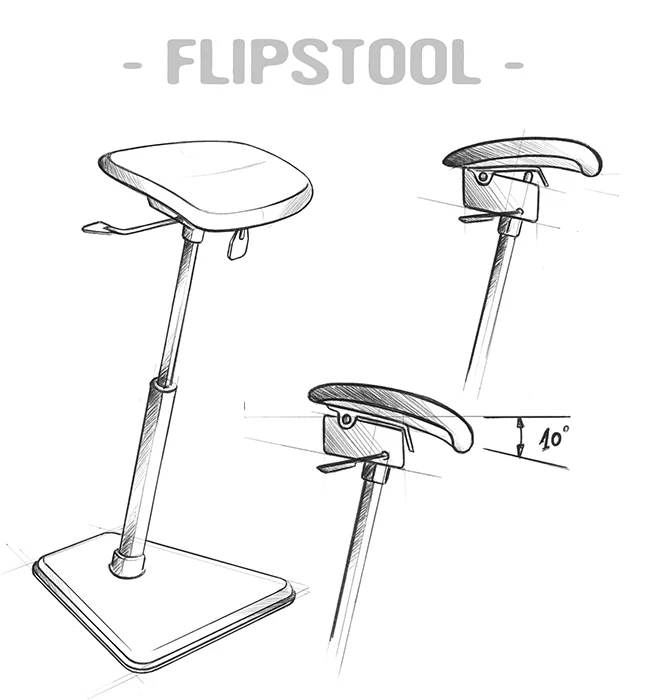
Emotion at the heart of design
Emotional design seeks to establish a deep and authentic connection with the user, evoking positive feelings and enriching daily experiences. This type of design goes beyond mere functionality, aiming to elicit an emotional response, thereby creating a more meaningful connection between the user and their environment.
Wood, with its natural warmth and organic texture, evokes a calming connection with nature, adding a valuable emotional dimension to products.
Sustainability: An emotional dimension
Ecological considerations are becoming essential for creating emotionally engaging designs. A product made from sustainable materials and designed with environmentally friendly practices not only supports the planet but also strengthens the emotional bond between the user and their surroundings.
Will & Walt’s Flipboard desks, made from PEFC-certified wood and treated with natural oils, exemplify this commitment. This ethical choice adds an emotional dimension to the product, contributing to a work environment that combines aesthetics, sustainability, and responsibility.
Conclusion
The sit-stand desk is not just an ergonomic choice; it symbolizes a new way of thinking about the workspace. By combining design, function, and emotion, these desks offer a creative and effective response to modern work challenges.
Will & Walt’s desks, through their approach of blending esthetics, modularity, and sustainability, demonstrate that design can truly transform our interaction with the professional environment, boosting both productivity and creativity.
References
Yekanialibeiglou, S., Demirkan, H., & Denti, L. (2021). Enhancing creativity in activity‐based offices: A critical incident study of knowledge workers. Creativity and innovation management, 30(4), 763-782.
Oksanen, K., & Ståhle, P. (2013). Physical environment as a source for innovation: investigating the attributes of innovative space. Journal of knowledge management, 17(6), 815-827.